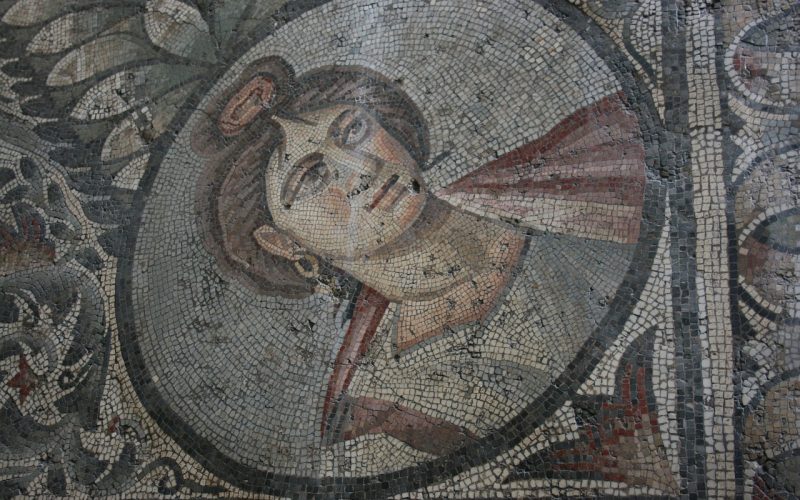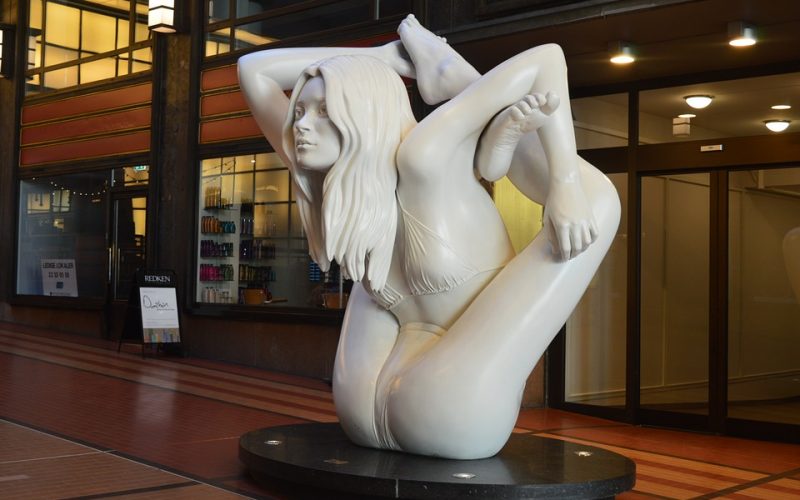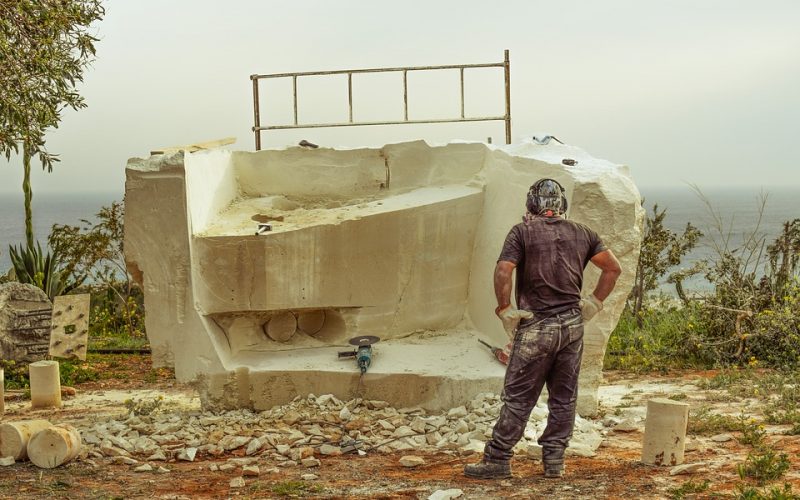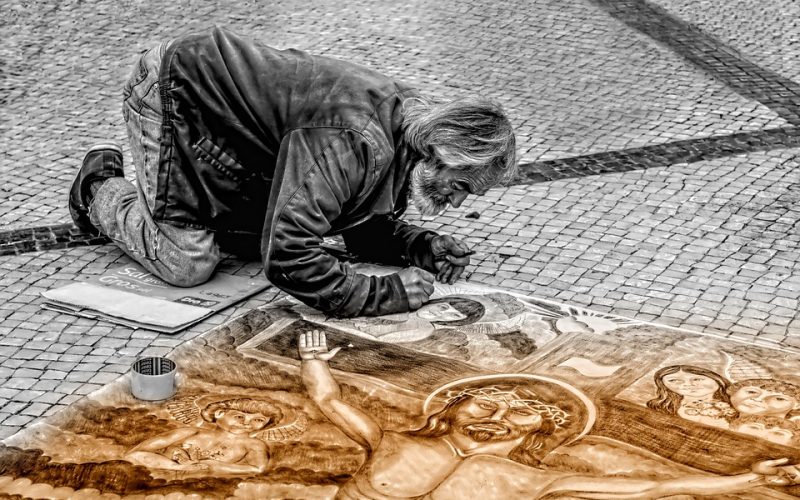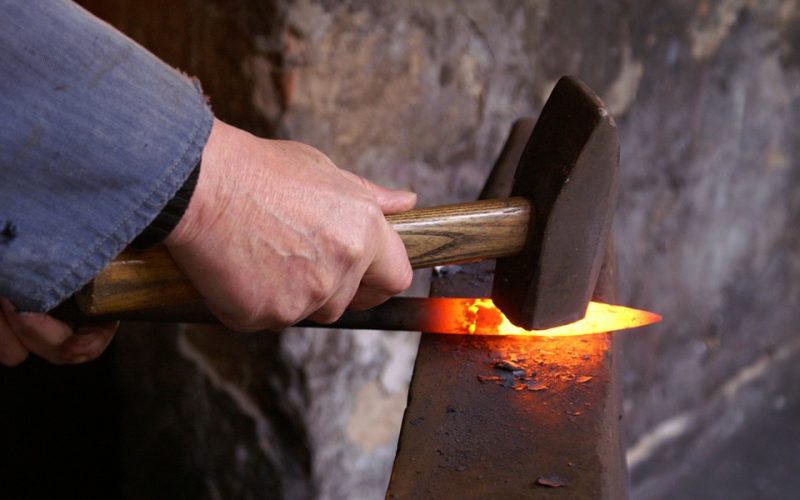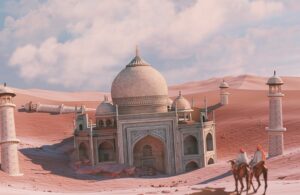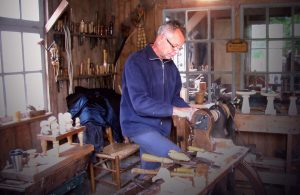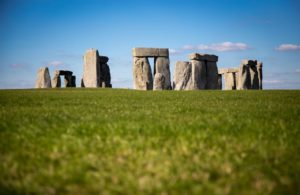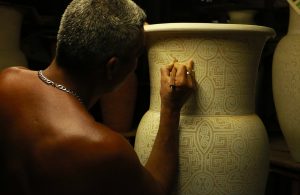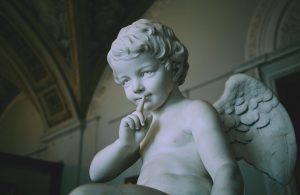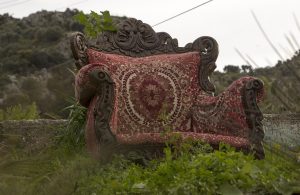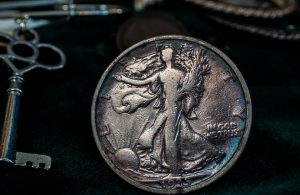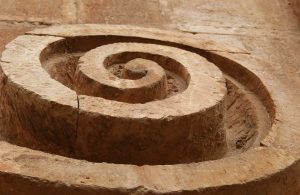Sculpting The Past
Sculptures have long stood as silent testimonies to the societies that created them. From the grand colonnades of ancient Greece to the abstract forms of modern art, each sculpture provides a unique window into the cultural, political, and spiritual life of its time. With each chisel and stroke, artists have immortalized visions that reflect the prevailing ideologies, aesthetic sensibilities, and technological advancements of their era.
Ancient origins and storytelling
The history of sculpture dates back to prehistoric times, with early humans creating small figurines and carvings from stone, bone, and ivory. These artefacts, often depicting animals or human figures, served as tools for storytelling, religious rituals, and possibly even magic. Fast forward to ancient Egypt, where sculptures became more sophisticated, serving both religious and political purposes. The imposing statues of pharaohs and deities, crafted in stone and gold, conveyed power and divinity, reinforcing the divine right of rulers and the complex pantheon of gods worshipped at the time.
Classical ideals and humanism
The advent of Greek and Roman sculpture marked a significant shift towards humanism and realism. The Greeks, in particular, were obsessed with the human form, creating idealized, yet realistic, depictions of gods, athletes, and philosophers. These sculptures reflected the Greek ideals of beauty, balance, and harmony, encapsulating the era's philosophical and aesthetic pursuits. Meanwhile, Roman sculptures borrowed heavily from Greek art but added a layer of realism and individuality, particularly in their portraiture, capturing not just the physical likeness but the character and status of their subjects.
Medieval spirituality and symbolism
During the Middle Ages, the function and form of sculpture underwent another transformation. Gothic cathedrals across Europe were adorned with sculptures that served as biblical teachings in stone. These sculptures were less concerned with realism and more focused on conveying religious narratives and moral lessons. The use of symbolism was prevalent, with every figure and motif holding spiritual significance. This period highlighted the role of sculpture in reinforcing religious beliefs and guiding the faithful, as much of the population was illiterate and depended on visual storytelling.
Renaissance rebirth and innovation
The Renaissance period heralded a rebirth of classical ideals and an explosion of artistic innovation. Sculptors like Michelangelo and Donatello pushed the boundaries of what was possible in stone, creating works that were not only technically brilliant but also rich in emotion and expression. The Renaissance brought with it a renewed interest in humanism, science, and exploration, all of which were reflected in the art of the time. Sculptures became more dynamic, capturing movement, anatomy, and emotion with unprecedented accuracy and sensitivity.
Modern abstraction and diversity
The turn of the 20th century saw a seismic shift in the art world, as sculptors began to break away from traditional forms and explore abstraction. This was a time of immense social and technological change, and artists responded by experimenting with new materials and techniques. Figures like Henry Moore and Constantin Brâncuși rejected realism in favour of simplified forms that captured the essence rather than the likeness of their subjects. This era of sculpture embraced diversity in form and purpose, reflecting the complexities and contradictions of modern life.
Contemporary expressions and social commentary
Today, sculpture continues to evolve, serving as a powerful medium for social commentary and cultural expression. Contemporary artists often use sculpture to address issues such as inequality, identity, and environmental concerns. The use of non-traditional materials and interactive installations invites viewers to engage with art in new and meaningful ways. Sculptures now are not just about the aesthetics but are deeply intertwined with the dialogue on contemporary issues, challenging the audience to reflect and react.
Throughout history, sculptures have served as mirrors reflecting the cultures of their times. Each era's artistic achievements are a testament to humanity's evolving understanding of itself and the world. From the spiritual to the secular, from realism to abstraction, sculptures continue to capture the imagination, offering insights into the diverse tapestry of human civilisation.
